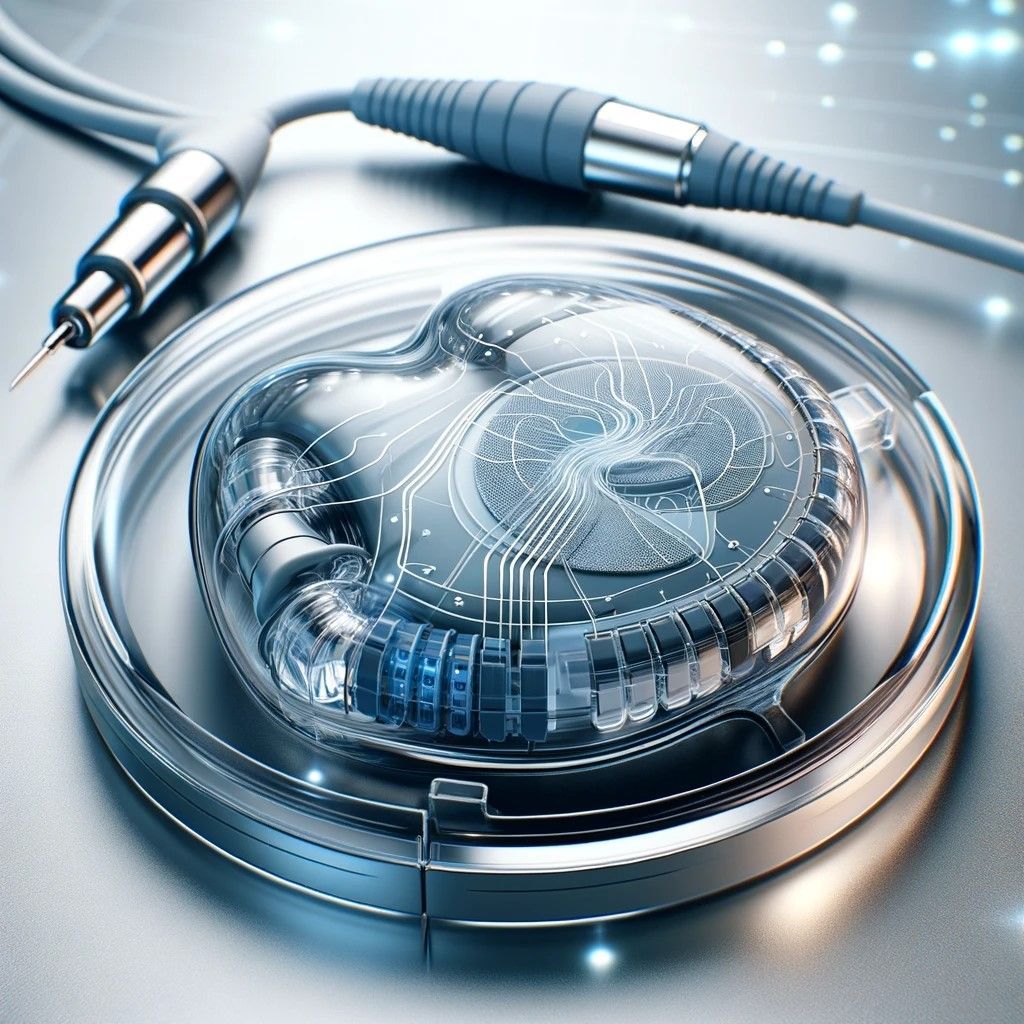8 Utilization Topics You Need to Understand to Drive Your Market Access Plan or Reimbursement Strategy
Obtaining Coverage Coding and Payment for Your Technology Means Understanding and Demonstrating Utilization

Successfully establishing coverage, coding, and payment requires a top-down and bottom-up approach. Top-down efforts usually take the form of market access efforts focused on direct payer education and a discussion of published clinical outcomes data. The bottom-up approached revolves around the demonstration of patient and provider demand that, in healthcare, is referred to as utilization. Understanding and effectively driving utilization in the absence of definitive coding, coverage, and payment forms the foundation of successful reimbursement and market access strategies. Utilization is a significant factor that influences a payer’s decision to create or modify coverage policy and it leads to demonstrating when a medical device, diagnostic, or therapeutic has become a standard of practice.
Ordinarily, utilization in healthcare is the quantification or description of the use of services by persons for the purpose of preventing and treating health problems, promoting maintenance of health and well-being, or obtaining information about one's health status and prognosis. In the context of market access and reimbursement strategy, the term utilization describes the level of demand demonstrated to health insurance payers from patients and providers. Literally speaking, it defines “who wants to use it” and “how often is it used.”
2. Not every product sold equates to a utilization datapoint in the context of a reimbursement strategy.
If a new technology is being used in a way in which it would not generate a trackable metric for a health insurance payer, such as in cash pay cases or miscellaneous CPT code billing, it does not create utilization data from a reimbursement strategy perspective. Failing to understand that product sold or used does not always translate to demonstrated utilization is a potential pitfall for unwary manufacturers.
3. Payers do not often take the time to develop medical policy for technologies that have not demonstrated sufficient utilization.
The desire for management of utilization explains the reason that medical policy is established. While the development of clinical data is necessary for creating a basis for medical policy, utilization creates the impetus for the creation of medical policy. Payer medical policy and technology evaluation teams have bandwidth limitations. Unless there is a need, demonstrated demand by provider and patient, to address and manage a technology or treatment, it will likely not be addressed. A review that is requested by a manufacturer without a contracted or network physician submitting claims, or expressing a desire to submit claims in the near future, is not likely to succeed. Such a request has the potential to be seen as a waste of time by policy teams with limited resources, and it is unlikely to lead to a thorough review at most payers. The purpose of medical policy is to provide a basis for utilization management decisions—it is not to create a marketing channel for your medical device, diagnostic, or therapeutic.
Market access and payer outreach efforts should not outrun your company’s targeted sales strategy and provider use. Over our years of practice, we have heard constantly from medical directors that they become resentful when a medical device, diagnostic, or therapeutic manufacturer consistently attempts to use medical policy to get the payer to create a market to sell their product. It is one of the seven common ways to disfranchise payer medical directors. For the others, read “The 7 Market Access and Payer Outreach Mistakes That Will Haunt Your Medical Device or Therapeutic.”
4. Utilization for a product is demonstrated through patient and provider demand that is communicated to health insurance payers.
Provider demand is best demonstrated when payers receive claims or predetermination requests for a technology or treatment. Although there are other methods of expressing demand such as supporting letters, social media interactions, and telephone requests, the clearest and most effective way to generate utilization is for providers to express their desire to use a technology or treatment for their patients through the submission of claims.
5. Showing utilization for a medical device, diagnostic, or therapeutic that has no coverage can be challenging and is one of the greatest barriers to a successful medical device product launch.
Demonstrating utilization for a product that is not receiving coverage or payment from payers is typically the greatest challenge facing innovators that are introducing new technology and attempting to develop a reimbursement pathway. Providers are often reluctant to select a product for use if they are uncertain that they will be reimbursed. However, without providers requesting or using a particular technology, it is unlikely that it will garner enough attention to justify the review of supportive clinical data and the creation of a positive medical policy. The resulting chicken-and-egg scenario is frustrating to innovators looking to successfully drive adoption of their products or technology. For medical policy to be created, first, demonstrating demand is required. And established demand providers, at risk for the purchase price of the technology, need to know that they will be reimbursed.
6. There are some tools and techniques available to manufactures to help with the chicken-and-egg problem created by the challenges of driving utilization.
Although the challenge can seem daunting, there are strategies that medical device manufactures can implement to increase patient and provider comfort about the ability to garner reimbursement for new medical technology. Often manufactures will overcome this problem by offering, or offering through a reimbursement consultant, reimbursement support programs such as a reimbursement support hotline designed to help providers locate information and appeal denials of claims or pre-authorizations.
Manufacturers of medical devices can help promote access to care by providing reimbursement support and information. According to the AdvaMed Code Of Ethics 2020, activities permissible for a medical device manufacturer include “Facilitating patient access to the Company’s Medical Technologies by providing Health Care Professionals with assistance in obtaining patient coverage decisions from payors, including providing information on payor policies and training on procedures for obtaining prior authorization, providing sample letters and information on medical necessity and appeals of denied claims. In addition, at the request of a Health Care Professional to facilitate patient access to the Company’s Medical Technology, and subject to appropriate privacy safeguards, the Company may assist the patient by facilitating the preparation and submission of requests for coverage determinations, prior authorizations, pre-certifications and appeals of denied claims, relating to a Company’s own Medical Technology; however, such assistance should not be provided as an unlawful inducement.” In short, the code does not discourage medical device manufacturers from taking some actions to promote patient action to care, so long as there are safeguards. Except for large companies, those safeguards are best managed by an experienced reimbursement consultant working on an established reimbursement support hotline. Argenta Advisors can help you with your reimbursement support line.
7. Utilization is necessary for a CPT code.
Should a new CPT code be necessary, as no currently available code is appropriate, the AMA CPT Editorial Panel will require the submitter to provide support, demonstrating the demand for the product. Not unlike a payer, AMA CPT is not interested in establishing new CPT codes for technology that is not able to demonstrate broad utilization demand in addition to supportive clinical outcomes.
8. Even denied authorizations and appeals can help drive utilization.
Denied claims and appeals still matter. Appeals communicate to payers the demand for a policy revision. Whether or not the appeal is successful the appeal still communicates that patient and provider was invested enough in the desire to use a particular new technology to take the time to prepare an appeal. Appeals cost time and effort for the appellant and for the payers. Appeals that go all the way to independent external review show substantial commitment to a technology. Requests and overturned appeals from external review organization can send a clear message that medical policy is outdated, unrealistic, or otherwise in need of review.
Even the most promising medical device technologies can end up in the scrap heap of history by not demonstrating adequate utilization. Demonstrating early utilization most often means fighting for coverage of a new technology on a case-by-case basis. It requires providers and patients to be willing to advocate for the product and building a successful case story to support the claim. Without support, many patients may not elect to receive treatment with a new technology without the comfort that their out-of-pocket costs will not skyrocket because of a denied claim. Developing effective reimbursement support programs such as a reimbursement hotline can help if done properly.
Figuring out the most effective way to show utilization for a new medical device or therapeutic technology is not always straightforward. Talk to our experienced reimbursement strategy consultants today to help develop a successful reimbursement strategy and market access plan to drive utilization for your technology by helping providers get access to the patients that want and need it.





